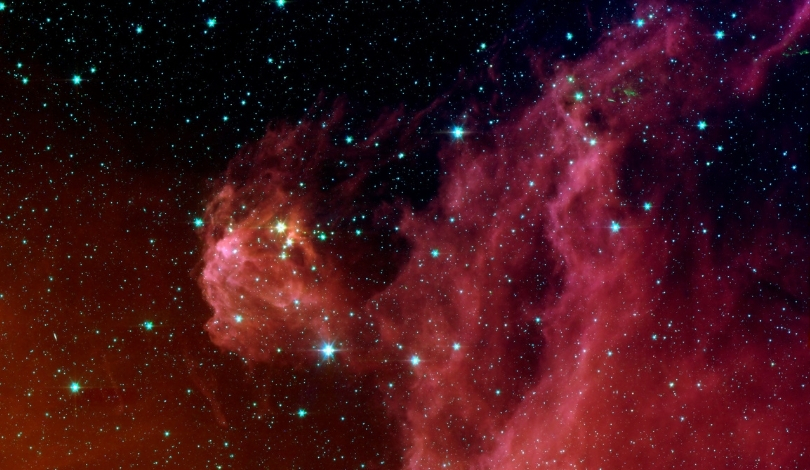The European Space Agency’s Hera mission successfully launched, embarking on a two-year journey to study the aftermath of a deliberate asteroid collision. This mission marks a significant step in understanding asteroid behavior and developing planetary defense strategies. Hera’s detailed analysis aims to provide insights that could safeguard Earth from potential future asteroid threats.
Past missions have laid the groundwork for Hera’s objectives, with previous studies offering foundational data on asteroid composition and orbital dynamics. This mission builds upon those efforts by focusing on the specific changes induced by targeted impacts, enhancing the collective knowledge necessary for effective asteroid deflection techniques.
What Will Hera Examine on Dimorphos?
Hera is tasked with a comprehensive investigation of Dimorphos, focusing on its shape, composition, and the crater formed by the DART impact. This detailed examination will reveal how the asteroid’s structure responds to kinetic collisions, providing crucial data for refining deflection methods.
How Will Hera Contribute to Planetary Defense?
The mission’s observations will inform future strategies to alter asteroid paths that may threaten Earth. By understanding the effectiveness of impact-induced orbital changes, scientists can develop reliable techniques to prevent potential collisions.
What Technological Innovations Does Hera Employ?
Hera will deploy two nanosatellites, Milani and Juventas, to enhance its investigative capabilities. Milani will analyze Dimorphos and its surrounding dust, while Juventas will conduct the first subsurface radar probe of an asteroid, contributing to a more thorough understanding of its internal structure.
“Hera’s ability to closely study its asteroid target will be just what is needed for operational planetary defense,”
stated Richard Moissl, head of ESA’s Planetary Defense Office. This mission exemplifies the collaboration between international space agencies to protect Earth from cosmic hazards.
As Hera approaches Dimorphos in 2026, its findings will be pivotal in shaping the future of asteroid impact prevention. The mission not only aims to analyze the physical changes post-collision but also to test autonomous navigation technologies that could be essential for rapid response missions.
“By the end of Hera’s mission, the Didymos pair should become the best-studied asteroids in history, helping to secure Earth from the threat of incoming asteroids,”
added mission scientist Michael Kueppers. These efforts underscore the importance of sustained investment in space exploration for Earth’s safety.
The Hera mission represents a critical advancement in our ability to monitor and potentially deflect asteroids. By integrating novel technologies and building on previous research, Hera is poised to deliver valuable data that will enhance global planetary defense mechanisms.
- Hera launched to study asteroid Dimorphos post-impact.
- Mission aims to improve Earth’s asteroid defense strategies.
- Deploys nanosatellites for detailed asteroid analysis.










